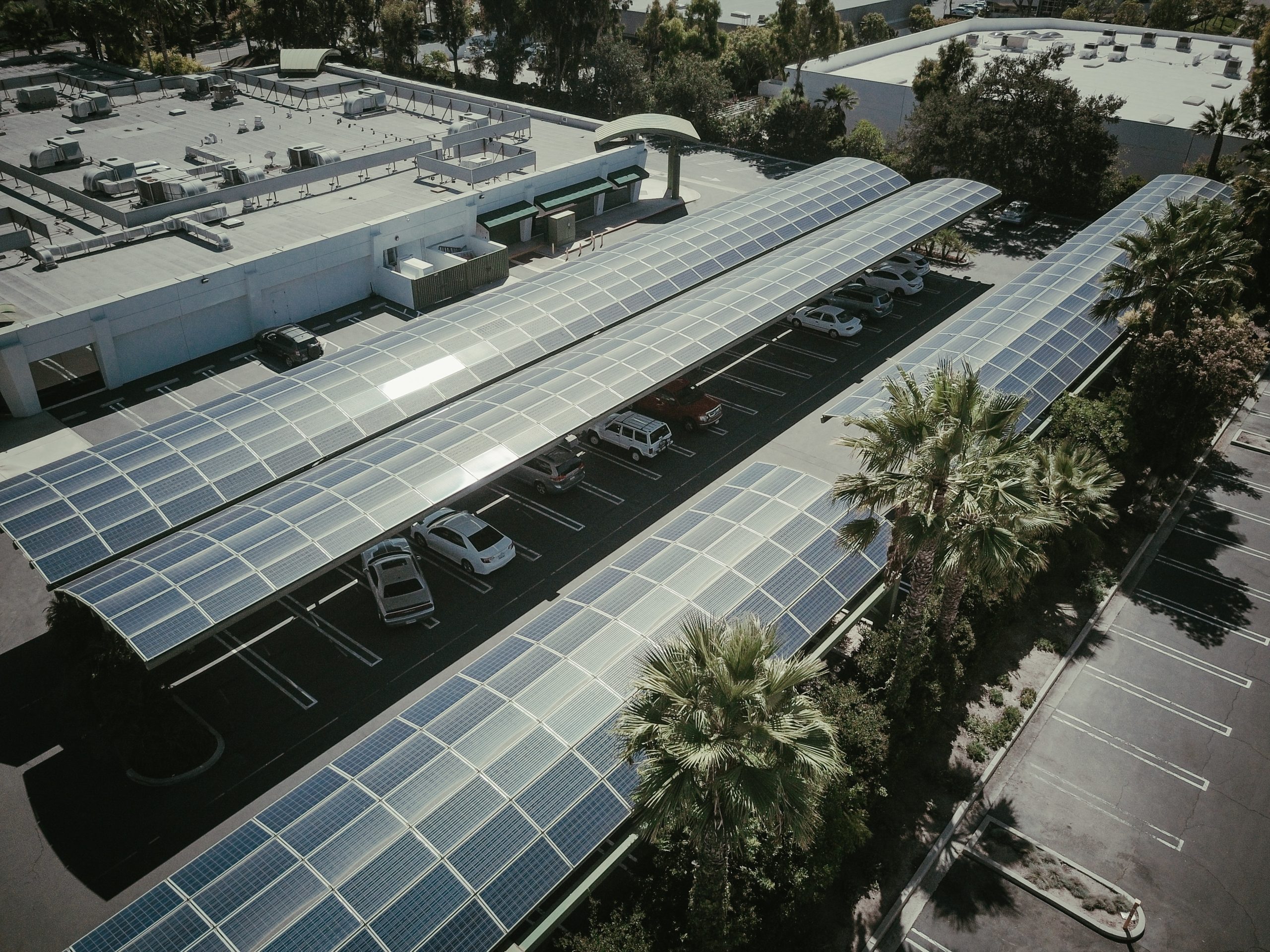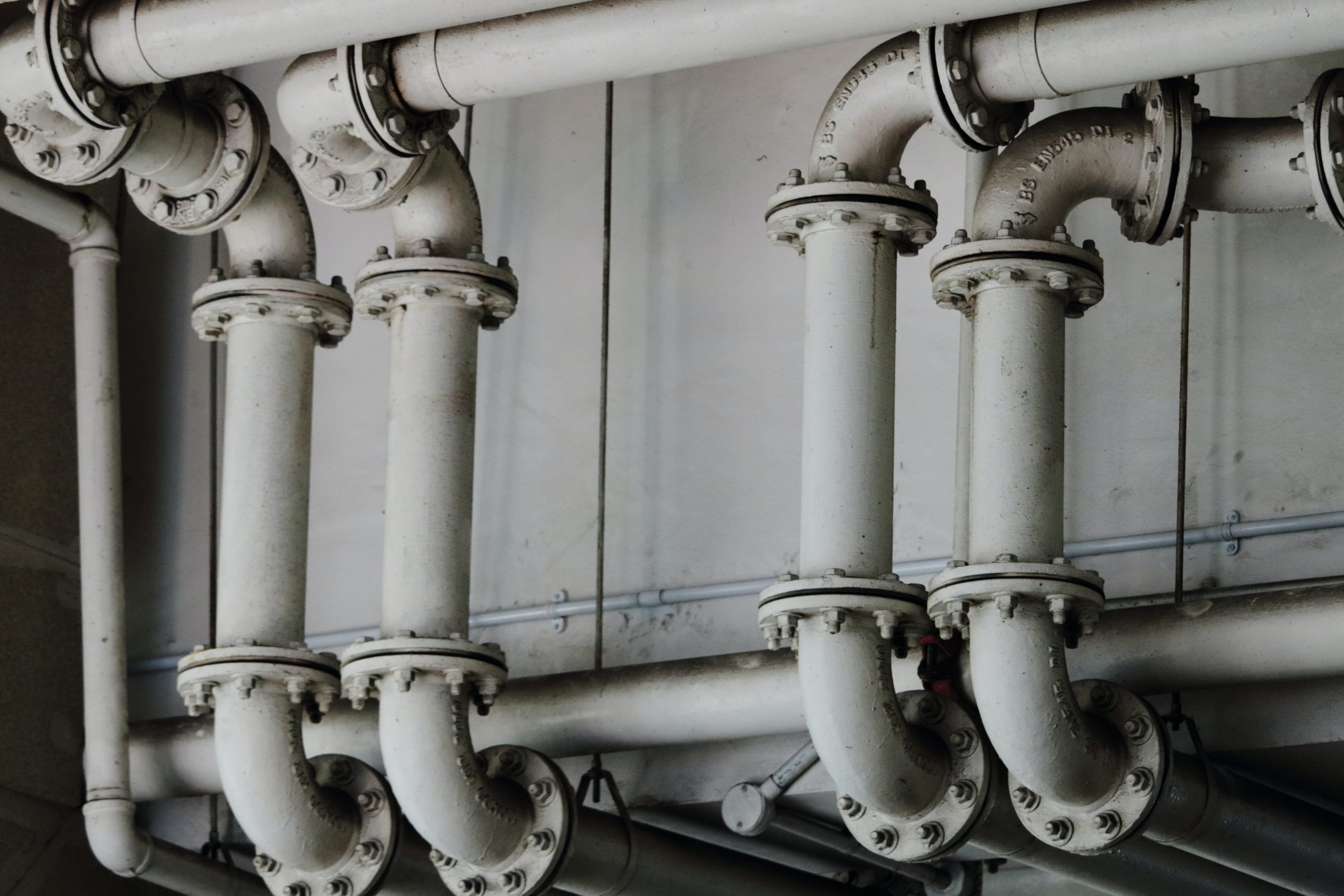Making EVs Truly Green: Clean Energy

In our first article on this topic, we looked at the production cycle of EVs as well as the batteries they rely on. In our second, we examined barriers to EV adoption as well as the need for the adoption of EVs in the transportation industry, agriculture, and public transportation sectors – not just as personal electric vehicles. We’ll now discuss ways in which consumers can ensure their electricity is green.
The US Energy Information Administration (EIA) reports that about 61% of the electricity generated in the US in 2021 was from fossil fuels—coal, natural gas, petroleum, and other gases. A further 19% was from nuclear energy. Only 20% was from renewable energy sources. Alarmingly, EIA data states that “power plants that burned coal, natural gas, and petroleum fuels accounted for 99% of U.S. electricity-related CO2 emissions.”
While nuclear energy produces no greenhouse gases during operation, and nuclear plants emit nearly the same emissions as wind and approximately one-third that of solar over their lifecycle, the adoption of nuclear power worldwide, though gaining, is still slow. Still, as the World Nuclear Association points out:
“France generates over 70% of its electricity from nuclear power – the largest nuclear share of any country globally – and its electricity sector emissions are one-sixth of the European average. In around 15 years, nuclear power went from playing a minor role in the French electricity system to producing the majority of its electricity, showing that nuclear energy can be expanded at the speed required to effectively combat climate change.”
On the other hand, according to the Center for Climate and Energy Solutions, renewable energy is the fastest-growing energy source globally and in the US. The EIA has some good numbers on this:
“In 2020, renewable energy sources (including wind, hydroelectric, solar, biomass, and geothermal energy) generated a record 834 billion kilowatt-hours (kWh) of electricity, or about 21% of all the electricity generated in the United States. Only natural gas (1,617 billion kWh) produced more electricity than renewables in the United States in 2020. Renewables surpassed both nuclear (790 billion kWh) and coal (774 billion kWh) for the first time on record. This outcome in 2020 was due mostly to significantly less coal use in U.S. electricity generation and steadily increased use of wind and solar.”
Though this is encouraging news, there is still work to be done.
The largest source of renewable energy is currently hydropower, according to multiple sources including the EIA and MIT. But many developed countries, including the US, have already built out most of their suitable hydro resources, and hydropower has its own set of negative environmental and social impacts. Reservoirs drastically change the environments they are built on, and both dams and reservoirs “reduce river flows, raise water temperature, degrade water quality and cause sediment to build up” which has negative impacts on wildlife. These environmental impacts often spill over to humans as well. The World Bank estimated in 2000 that “between 40 and 80 million people had been directly displaced by dams and reservoirs.” Another study from 2010 estimated that “472 million people downstream from large dams suffer from reduced food security, regular flooding or impacts on their livelihood.”
This leaves solar, wind, and other renewables at the forefront of the green energy discussion moving forward. And while companies like Shell and ExxonMobil as well as local utilities are pledging to make the switch to clean energy sources, governments around the world are still providing massively disproportionate subsidies to the fossil fuel industry vs renewables, and global carbon emissions are rising. According to a recent article in Nature:
“A 2020 report by IRENA9 tracked some $634 billion in energy-sector subsidies in and found that around 70% went to fossil fuels. Only 20% went to renewable power generation, 6% to biofuels and just over 3% to nuclear.”
And even though emissions dropped during 2020 due to major pandemic-related shutdowns, they are projected to not only rebound but also reach record-breaking levels in 2022-2023.
Increased systemic efforts from the top down are essential to making the production of electricity truly green, but there is also a need for individuals to make effective changes in tandem with those efforts. Solar is an obvious but excellent option. In the past, solar panels were seen as a costly investment without a matching return, but in recent years solar photovoltaics have become more efficient and cheaper to make and install. The federal government as well as any state governments offer tax credits and rebates to homeowners who utilize solar power, and many utilities will buy surplus energy produced.
Advocacy groups are also working on all levels to push for the switch to renewables. The American Council on Renewable Energy a national nonprofit group that “unites finance, policy and technology to accelerate the transition to a renewable energy economy” whose membership “represents all facets of the renewable energy marketplace, including leading developers and manufacturers, institutional investors, major corporate offtakers, and the country’s most forward-leaning utilities.” ReNewMexico is “a renewable energy coalition of community organizations, businesspeople, public officials and residents who are passionate about creating a renewable energy future in New Mexico,” actively working “to make renewable energy development a reality by using our collective voice to get projects approved.” And a large group of concerned citizen activists in Lafayette, Louisiana have pushed their municipal utility to retire its coal-burning plant and replace most if not all their energy production with solar sources instead of investing millions in upgrading the existing plant.
If you are a startup, firm, or organization working to make EVs – and energy production – truly green, let’s talk. Our expertise and experience in diverse public outreach and partnerships, B2B and B2C marketing, and strategic communications are scalable to projects of all sizes. ARTÉMIA would love to be a part of the success of your solution. Get in touch at service@artemia.com.
ARTÉMIA has been committed to sustainability and what are now called “green” practices since 2005, long before such terms were commonplace or trendy. We have remained committed to implementing such practices for ourselves and to encouraging the implementation of such values by our partners and clients.
Accordingly, we have long been advocates for the development and widespread adoption of electric vehicles (EV) and other zero-emission vehicles (ZEV), especially in high-population areas such as our home base of San Francisco, to reduce carbon emissions and increase air quality for residents, and ultimately contribute to the slowing – if not halting – of climate change.
Though they are virtually non-polluting when in operation, there are several factors that prevent EVs in particular from being truly green: the full environmental impact of their battery production cycle, including emissions from the transportation of raw materials and finished products; utilities systems which continue to rely on coal-burning power plants to generate electricity; and the challenges of EV accessibility and affordability faced by many people.
Awareness of and engagement with these issues is steadily increasing in the public conscience, raising hopes that EVs will become the solution they are intended to be. Over our next three blogs, ARTÉMIA would like to highlight some of the efforts being made to address these issues as well as underline areas where more work is needed, a need that is only growing in urgency, and how we can help.
You can get the latest blogs, communications tips and other news straight in your inbox. Please fill out the form below to subscribe to our newsletter.
see more...

The Importance of Corporate...
This article is the first in a series on incorporating water efficiency polici...
LEARN MORE
How to Establish a Corporat...
This article is the second in a series on incorporating water efficiency polic...
LEARN MORE
Updating Facilities with Wa...
This article is the third in a series on incorporating water efficiency polici...
LEARN MOREBLOG CATEGORIES
SUBSCRIBE
FOR LATEST UPDATES
Sign up for our monthly newsletter with our latest offers,hot blogs and much more !


JOIN US
FOR CALL
Lets chat via skype to discuss your questions concerns, and project needs
